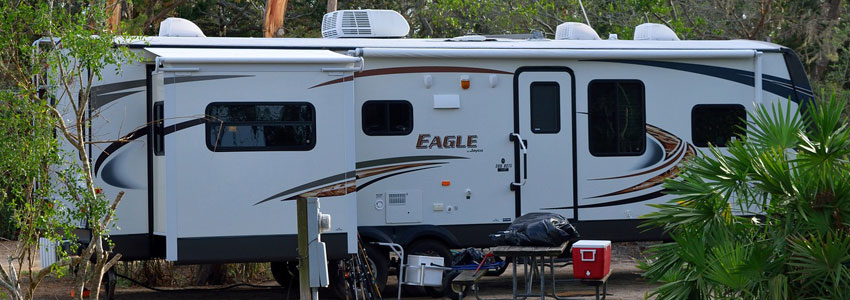Although some non standard buildings can be beautiful to look at, mortgage lenders are focused on the structural integrity of the property. If they are offering a mortgage over a period of many years then they want to know that the property will remain standing for at least the same amount of time. They are also going to consider how easy it would be to sell the property in the event of a repossession. What you may feel is charming and unique, other potential buyers may find off putting.
As a result it is important to bring the construction issue up at the start of the process to have the best chance of finding a lender that will agree the property is suitable for a mortgage
Can I get a mortgage on a non standard construction home?
Although some non standard buildings can be beautiful to look at, mortgage lenders are focussed on the structural integrity of the property. If they are offering a mortgage over a period of many years then they want to know that the property will remain standing for at least the same amount of time. They are also going to consider how easy it would be to sell the property in the event of a repossession. What you may feel is charming and unique, other potential buyers may find off putting.
As a result it is important to bring the construction issue up at the start of the process to have the best chance of finding a lender that will agree the property is suitable for a mortgage.
Different types of non standard construction homes
Unusual Flats
In the eyes of most banks a flat often becomes unusual once it is too small, too high up or a combination of both.
Studio flats, where the unit has no separate kitchen or bathroom, will often be rejected unless the unit is at least 30 square metres in size. Even then, it can be tough to find a lender that will be comfortable with the unit.
High-rise flats in buildings with more than 4 or 5 floors are also given special treatment. Typically a lender will want to know that there are working elevators in the building even if the flat in question is located on the ground floor.
Skyscrapers using glass panels for the walls may also be considered non-standard. Usually this is not an issue but you still need to be careful. Lenders are often careful about how many flats they will lend against in one building. Skyscrapers can host hundreds of flats and if you approach a popular mortgage provider you may find they have already issued their maximum allotment for the building.
Steel framed houses
Steel frames are often used as they can can be lighter than wood, faster to work with and extremely durable. As a result, steel framed structures will often be mortgageable but there are exceptions. British iron and Steel Federation (BISF) frame homes for example have been criticized for corrosion issues, lack of insulation and cracking concerns.
Timber framed houses
Timber framed homes are becoming more popular due to the shift towards ecological and sustainable building. Lenders will often have no issue with these homes but consideration is given to the additional fire risks.
Prefabricated concrete houses
After World War 2 there was a huge demand for cheap and fast housing. The solution was found in prefabricated concrete homes (PRC homes).
Wimpey no-fines homes are a classic example of this form of non standard construction. Concrete shells are cast and placed around a steel frame with the ground floor also made of concrete. Pop trivia – the ‘no fines’ refers to the fact that concrete contains no fine aggregates.
Several defects were later found in these properties leaving them at risk of structural damage or collapse. As a result mortgage lenders are usually unwilling to take these homes as security unless expensive repair works are carried out, replacing all concrete panels with new brick.
Listed properties
Although listed buildings are not necessarily built with non standard construction methods, they can still cause some issues. Mortgages for listed buildings can be obtained but the complexity will depend on which grading the building has been given.
| Grade | Description | % of total listed properties | Mortgage difficulty |
|---|---|---|---|
| Grade 1 | ‘exceptional interest’ | 2.5% | Complicated |
| Grade 2* | ‘elevated special interest’ | 5.8% | More challenging |
| Grade 2 | ‘special interest’ | 91.7% | Straightforward |
As you have a legal responsibility to maintain a listed building to a certain standard lenders will factor this is in to their overall risk assessment. The more expensive and complicated the home is to maintain, the less likely it is for a lender to accept the application.
Flat roofs
Whilst most properties have a pitched (sloping) roof it is not unusual to find buildings with part or all of their roof area totally flat.
| Cost | Percentage of Total | £ Value |
|---|---|---|
| Your deposit | 5% | £15,000 |
| Equity loan | 20% | £60,000 |
| Mortgage | 75% | £225,000 |
| TOTAL | 300,000 |
Given the maintenance issues, it is common for lenders to only accept properties that have a small portion of flat roofing (for example on a single story extension). However, a full flat roof that is in good condition will usually be mortgageable also.
Thatched roofs
Homes with thatched roofs can look beautiful and add a lot of character. They require specialist skills to maintain and often need to be re-ridged every 10-15 years. The overall thatch though can last around 70 years depending on the materials used.
Although some lenders will shy away from these buildings, many will be happy to offer you a mortgage subject to an inspection of the thatch.
Corrugated iron roofs
It is very rare for a residential home to have a corrugated iron roof. Usually these will be unmortgageable expect in exceptional circumstances.
How to obtain a mortgage for an unusual property
In these situations every lender has their own approach to these types of properties. They can make higher demands of you in terms of deposit size, income and inspection fees.
If you need a non standard construction mortgage then your best bet is to talk with one of our advisers. They will be able to understand what makes your property unique and quickly filter through the options to find the best mortgage for your situation.





